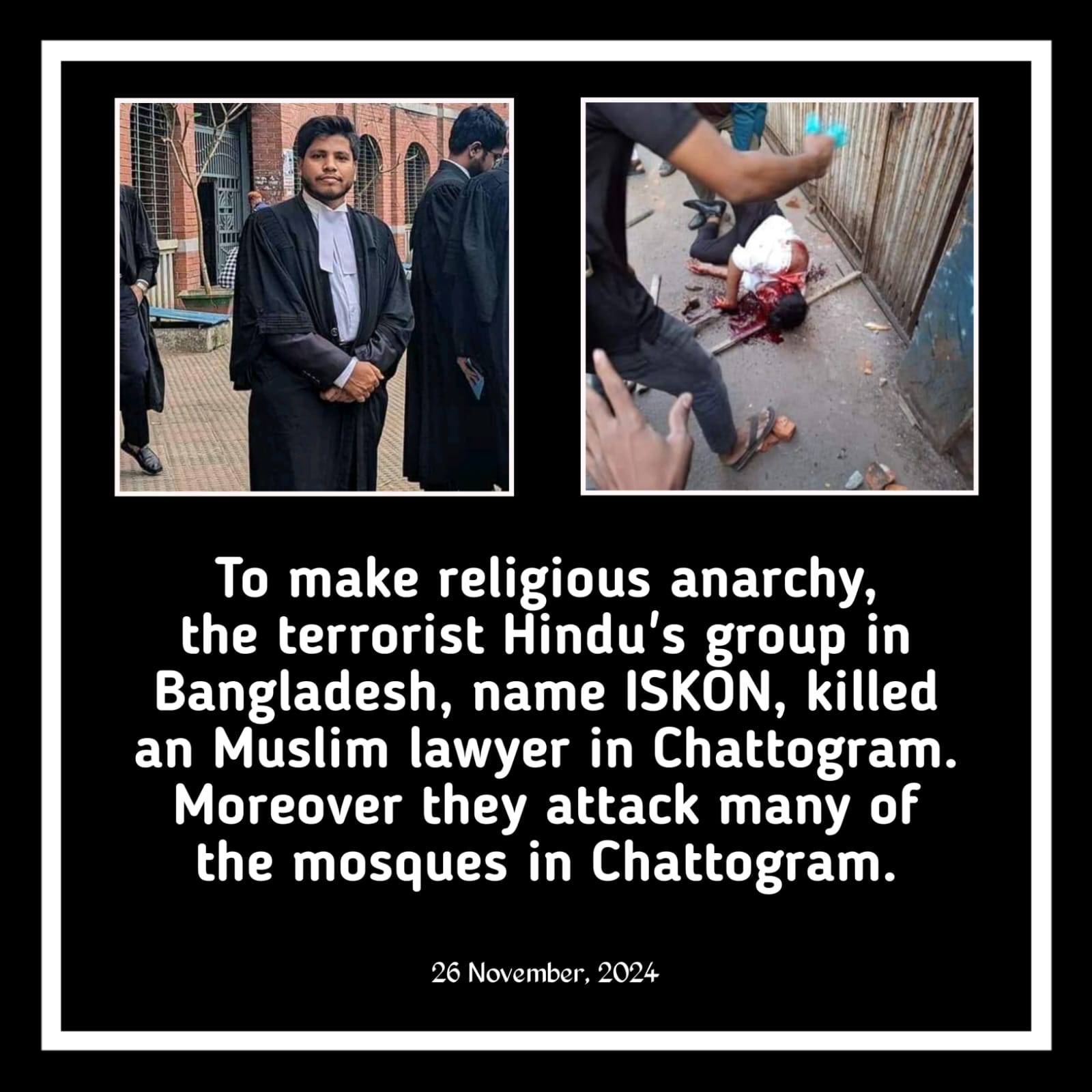In a turn of events that marked the culmination of escalating political tensions, Sheikh Hasina, the Prime Minister of Bangladesh, fled the country on August 5, seeking refuge in India. Despite her government’s efforts to suppress widespread protests and maintain control, she ultimately took shelter near Hindon Air Base in Delhi, under special protection. While several senior Indian officials have reportedly met with her, no communication has been established between her and the exiled leaders of the Awami League who fled to Delhi around the same time.
The circumstances leading to her escape have sparked widespread speculation and analysis across various media outlets, yet many critical details remain shrouded in secrecy. Investigations conducted by The Mirror Asia have unearthed new insights into the events that unfolded in the days leading up to August 5.
According to these findings, a select group of officials from India’s covert intelligence services were aware of Sheikh Hasina’s impending departure. However, this information was not shared with politicians, bureaucrats, or journalists in either country. On August 3, just two days before her escape, discussions between Sheikh Hasina and Indian authorities reportedly revolved around her resignation and the logistics of her departure. Initially, Sheikh Hasina expressed confidence in her ability to suppress the ongoing “March to Dhaka” protests, citing her government’s success in quelling numerous BNP-led movements over the past 15 years.
However, Indian intelligence possessed critical information about internal dissent within the Bangladesh military. They informed Hasina that several protest coordinators were under the protection of the military inside the cantonments and were broadcasting video messages from these secure locations. A Western intelligence agency also issued a warning that the protest’s dynamics could shift unexpectedly.
Despite these alarming developments, Sheikh Hasina sought India’s assistance in suppressing the second wave of protests, following the initial crackdown from July 16 to 19. Indian intelligence had sent a team to assist during the first wave, but this time, Indian officials were unable to provide immediate support, citing the weekend holiday.
Sources within Indian intelligence revealed that after the first wave of protests subsided, both Sheikh Hasina and Indian officials were momentarily relieved. The government’s crackdown had resulted in the arrest of over 10,000 students, injuries to 25,000, and the deaths of 400 people. Following this, the Awami League believed they had regained control. The police, under the guidance of DB (Detective Branch), even orchestrated announcements from certain protest leaders calling off the movement. However, this strategy backfired, leading to a second wave of protests, which were more organized and widespread.
As the second wave gained momentum, sections of the Bangladesh military expressed their dissatisfaction with Sheikh Hasina to the Chief of Army Staff. These officers warned that if students were targeted again, they would intervene. Additionally, the use of UN peacekeeping vehicles to suppress the protests sparked concerns among younger military officers, who feared losing their peacekeeping roles.
The situation was further complicated by a report from The Mirror Asia titled “How RAW Intervened in Sheikh Hasina’s Crisis Management,” which sparked significant debate within the Bangladesh military. Many officers expressed concern over India’s growing influence in Bangladesh’s internal affairs, fearing it compromised the nation’s sovereignty. Discussions among military personnel highlighted the dangers of foreign intervention in domestic operations, leading to increased anxiety over the country’s independence and sovereignty.
Another source within Indian intelligence disclosed that while India usually shared intelligence with a Western agency active in Bangladesh, no such exchange occurred during the second wave of protests. This Western agency is believed to have played a role in encouraging various civil society groups, including former military officers, influential citizens, artists, journalists, and political parties, to support the protests. This culminated in the large-scale demonstration at the Shaheed Minar on August 3, which served as a rallying point for the movement.
On that day, Sheikh Hasina shared her contingency plans with Indian intelligence. Plan A involved deploying armed Awami League members alongside security forces to ruthlessly suppress the protests, with media coverage being tightly controlled to conceal the number of casualties. Reportedly, 4,000 trained Awami League and Chhatra League members were armed and deployed on Sunday, August 4.
Plan B entailed Sheikh Hasina resigning if the situation spiraled out of control, seeking safe residence in Gopalganj with assurances that no legal actions would be taken against her. Plan C involved fleeing to Agartala in Tripura, where Indian security officials were prepared to receive her. These plans were known only to Sheikh Hasina, her sister Sheikh Rehana, her son Sajeeb Wazed Joy, and her daughter Saima Wazed Putul. However, some Awami League leaders, sensing the impending crisis, began leaving the country from Saturday onward. News of these plans also spread among the heads of Bangladesh’s three armed forces, diminishing the significance of Sheikh Hasina’s apparent confidence in resisting resignation.
An intelligence source told The Mirror Asia that the majority of killings on August 4 were carried out by Awami League members, not the police. By that day, details of Sheikh Hasina’s three contingency plans had reached several senior police officers, leaving them fearful and reluctant to engage in further crackdowns.
In summary, the interplay of internal military dissent, the influence of foreign intelligence agencies, and the loss of control over state security forces all contributed to the failure of Sheikh Hasina’s efforts to maintain power. Despite her initial confidence and multiple contingency plans, the situation in Bangladesh spiraled beyond her control, ultimately forcing her to flee to India.
–Uttam Guha from Delhi. Source: The Mirror Asia










